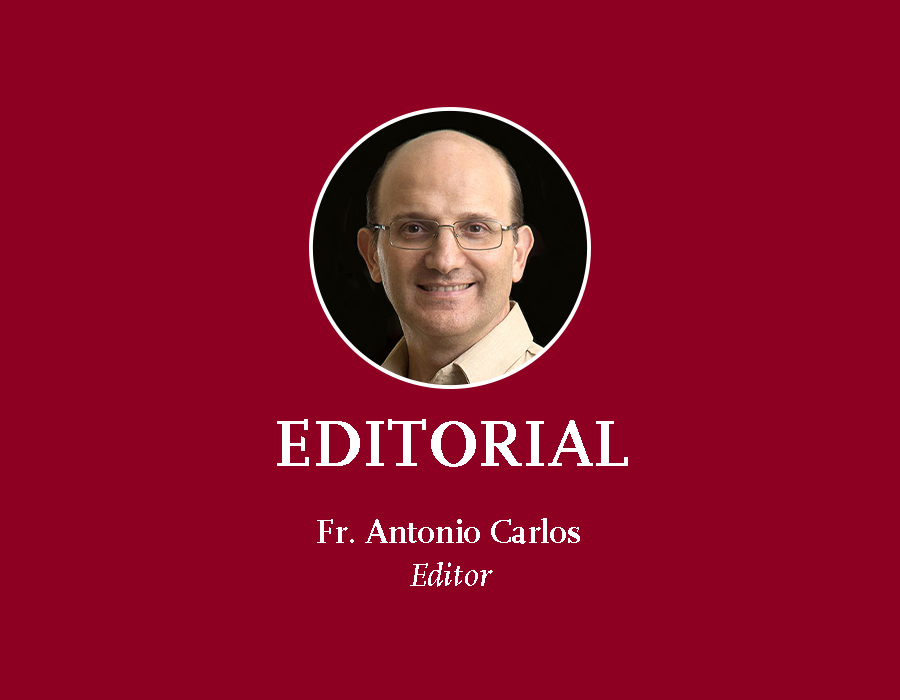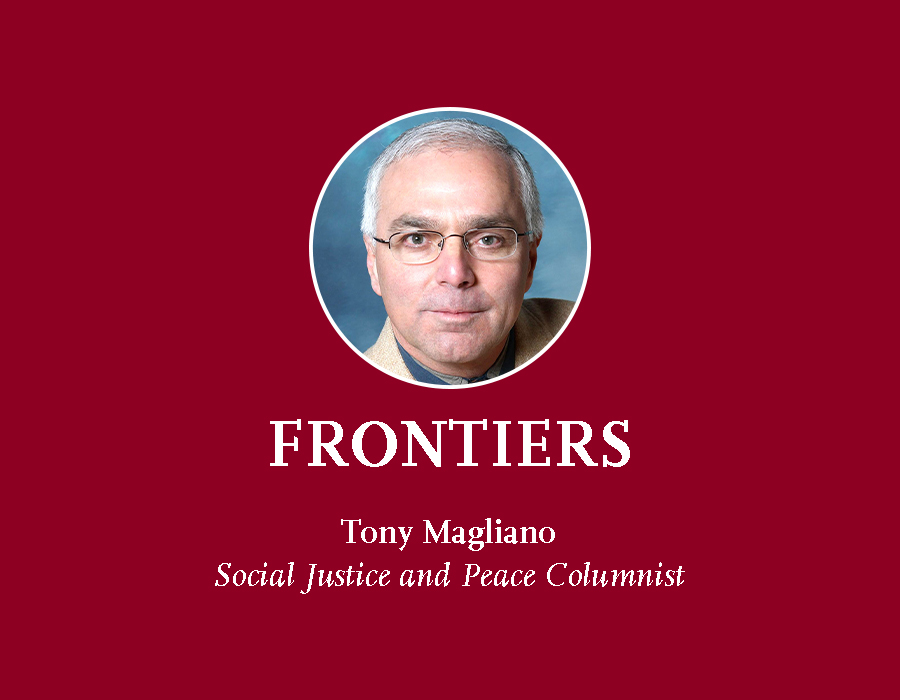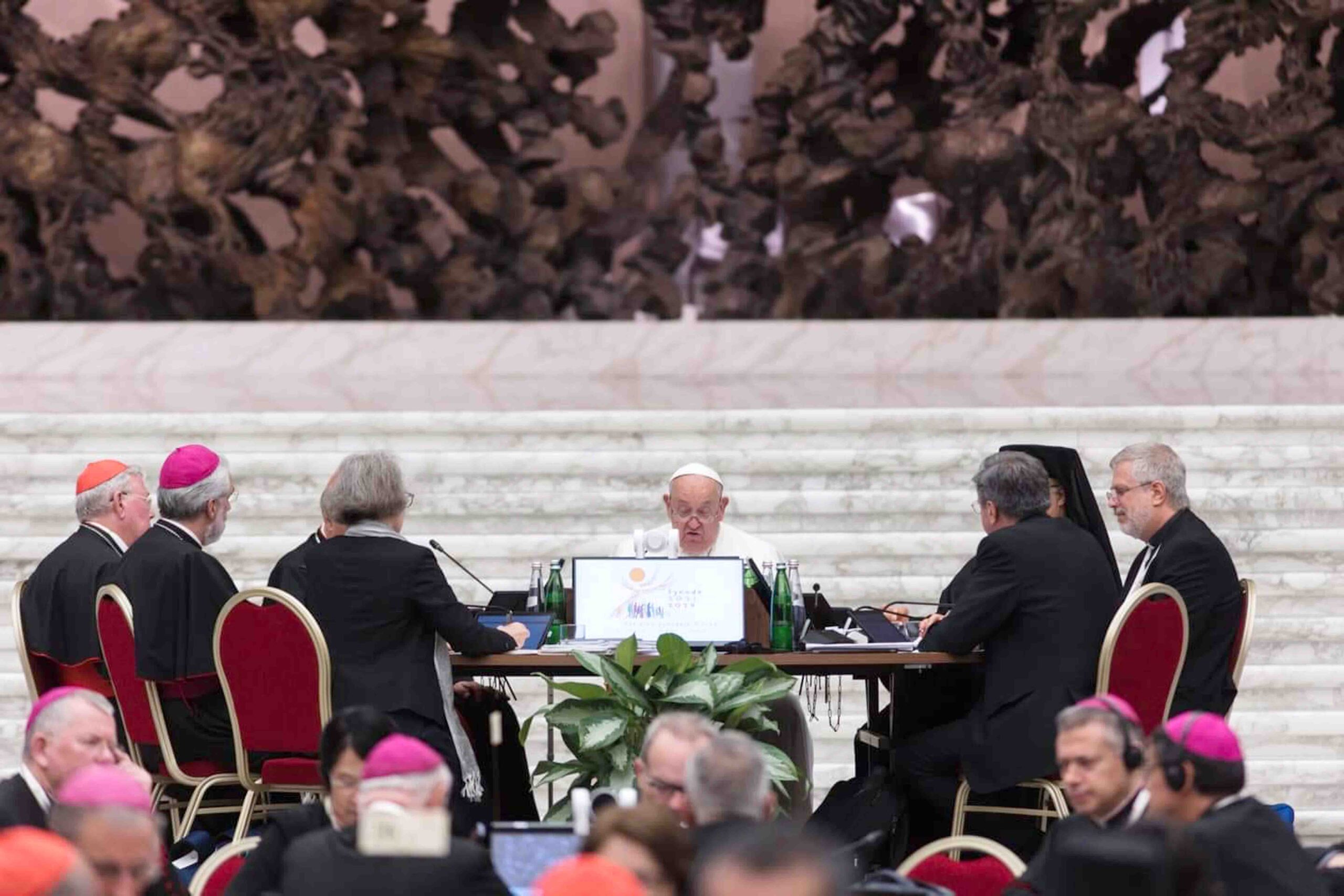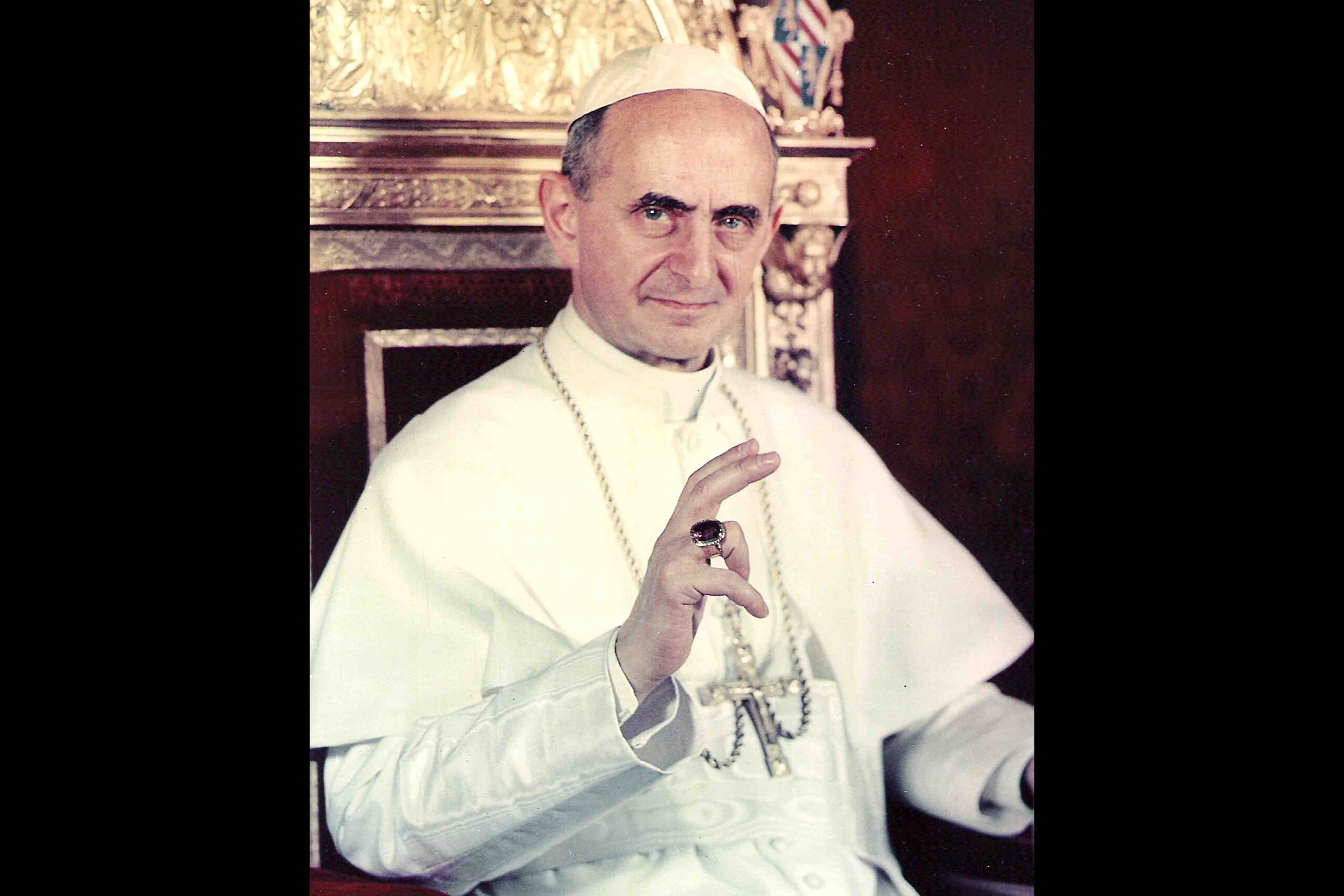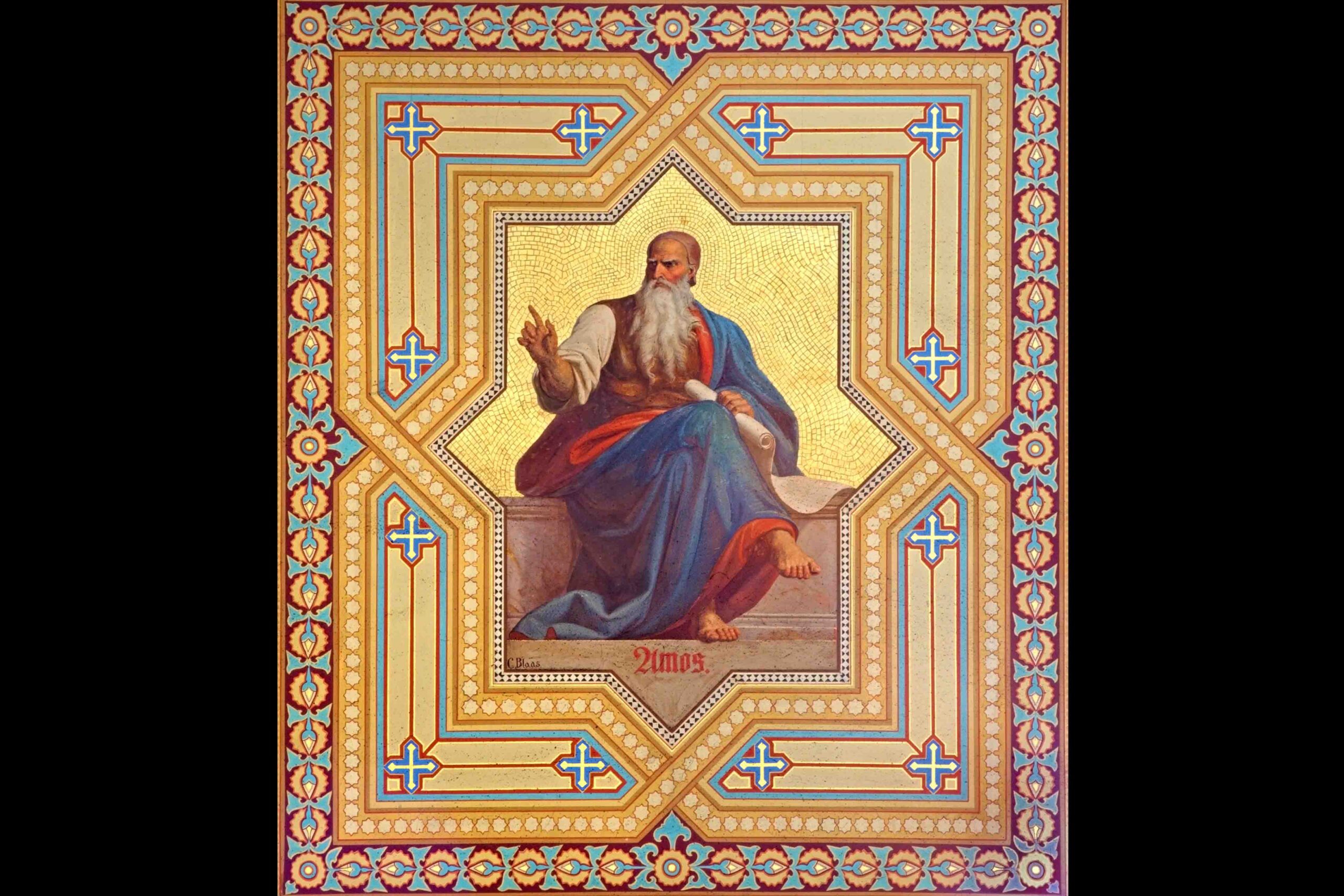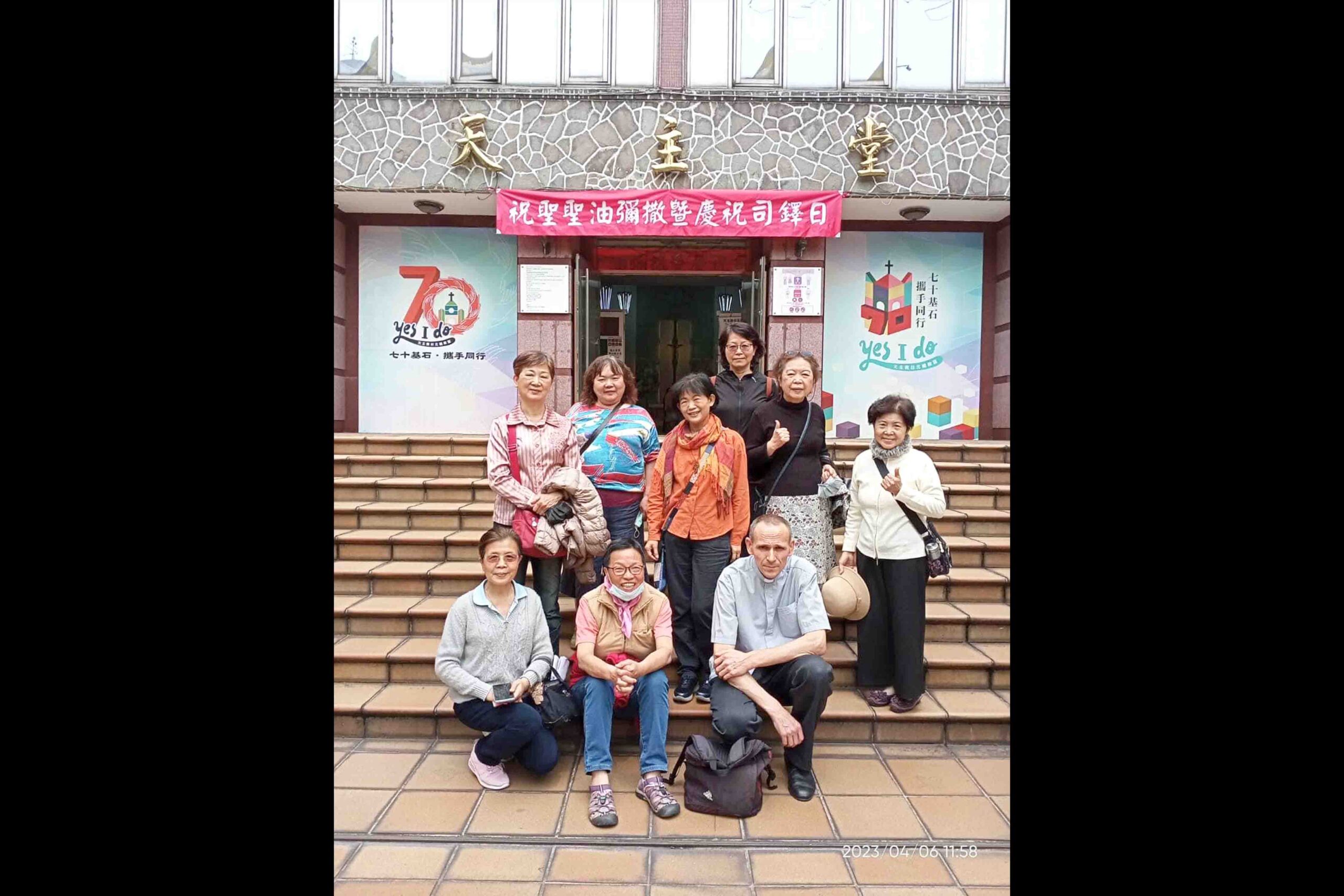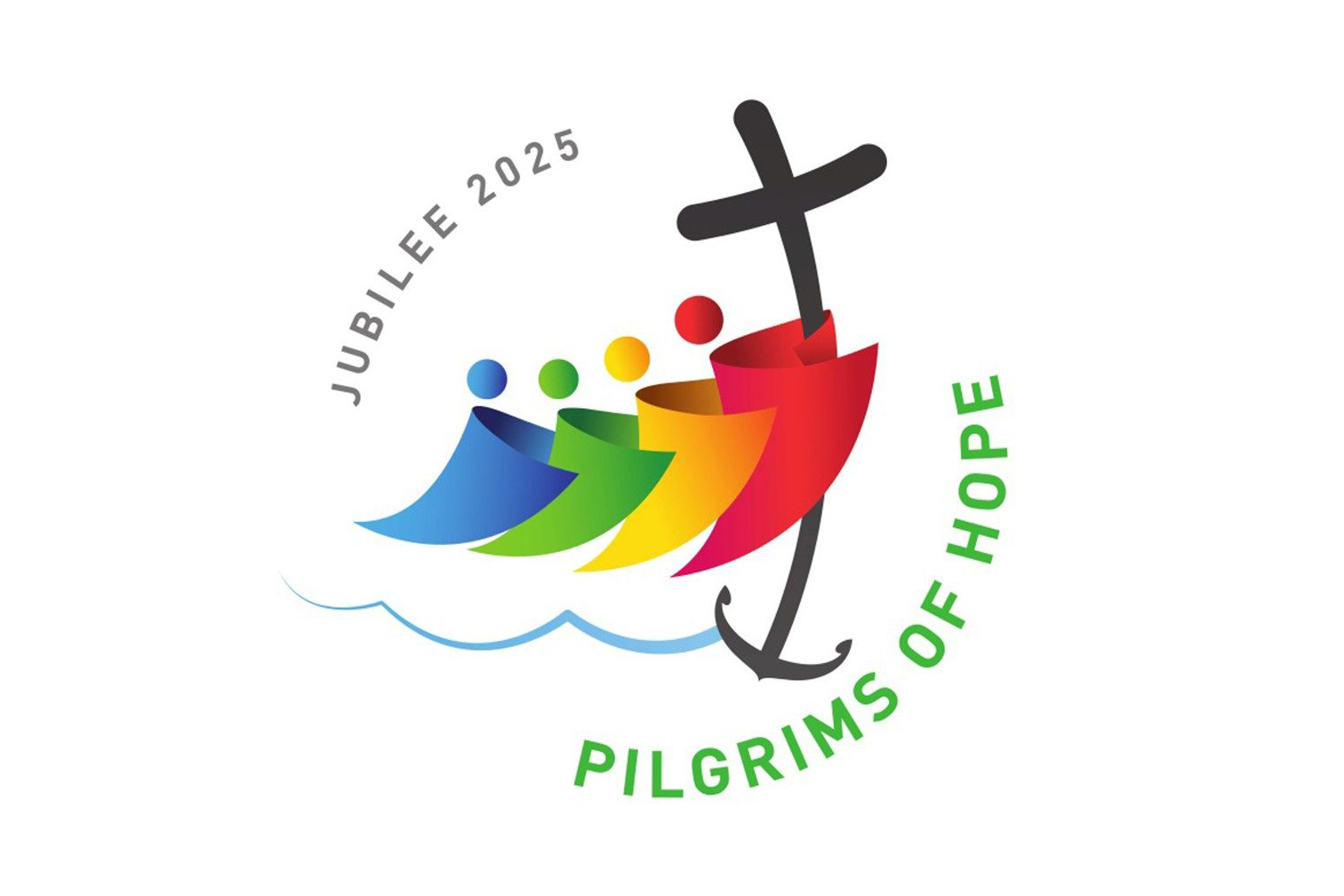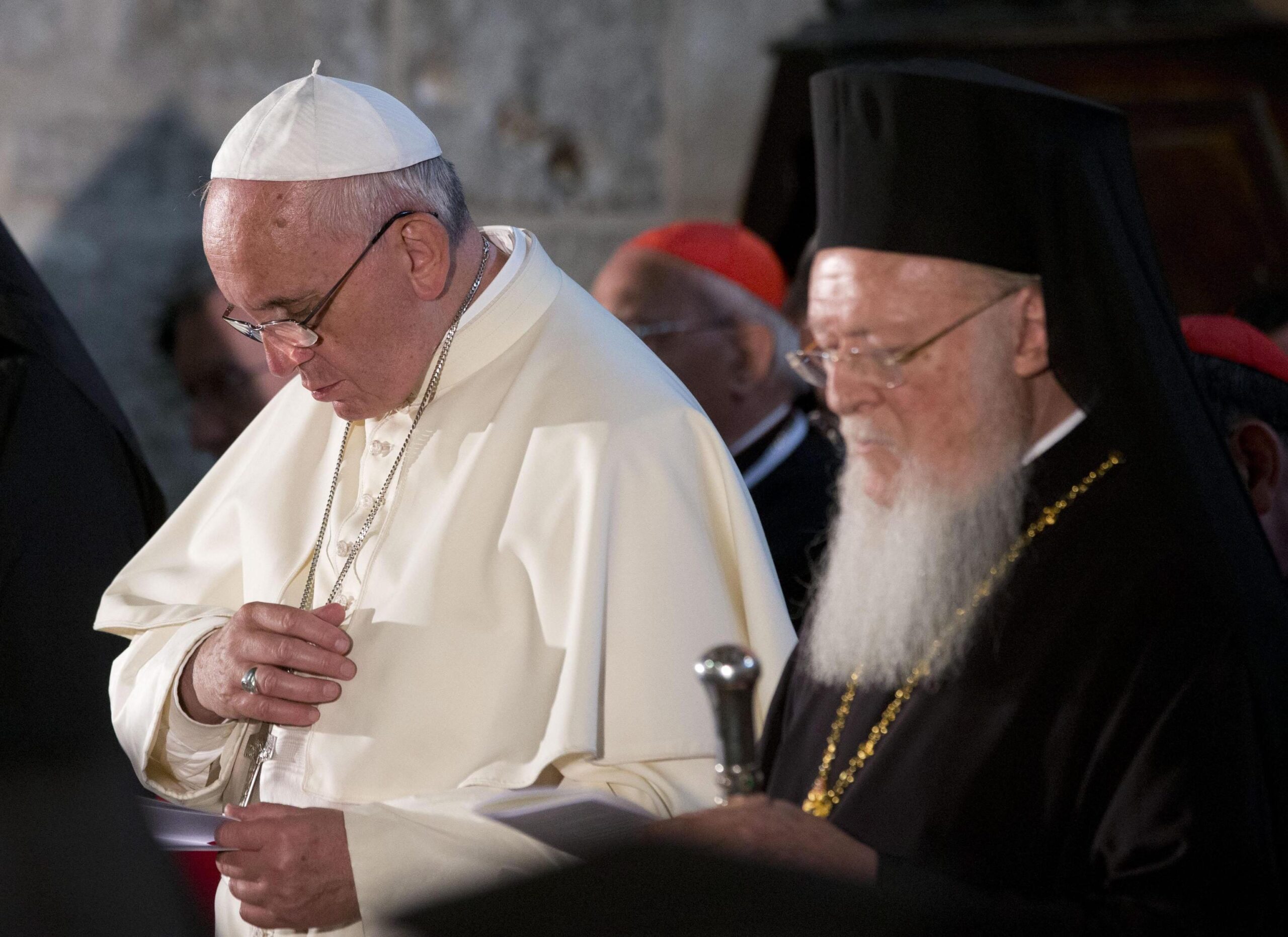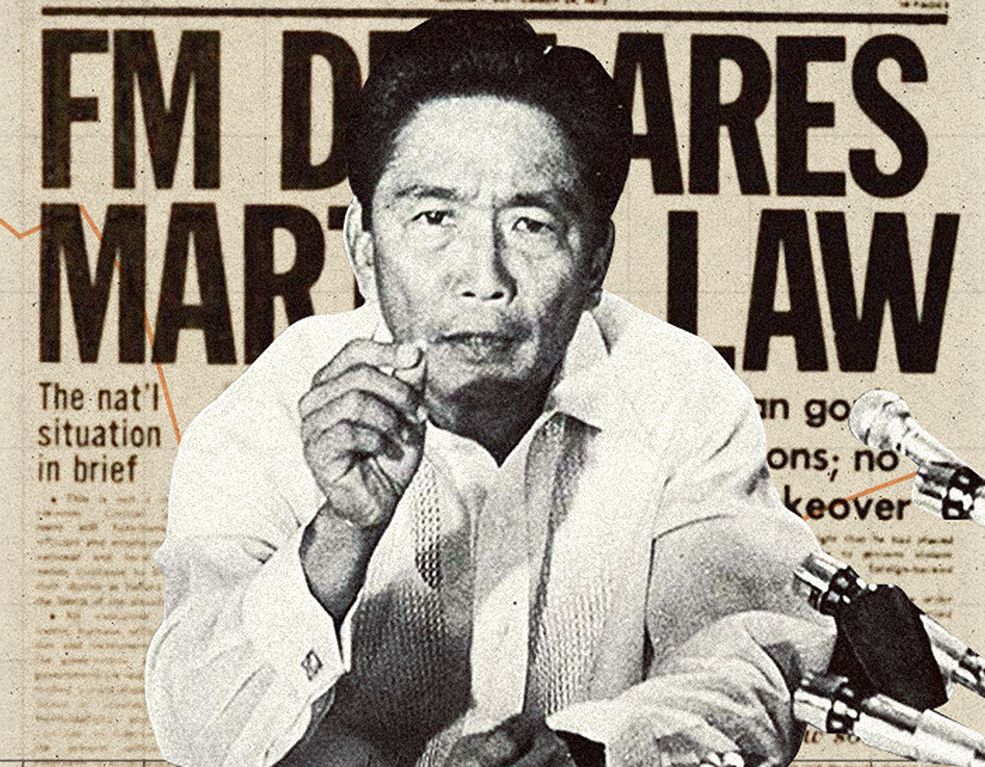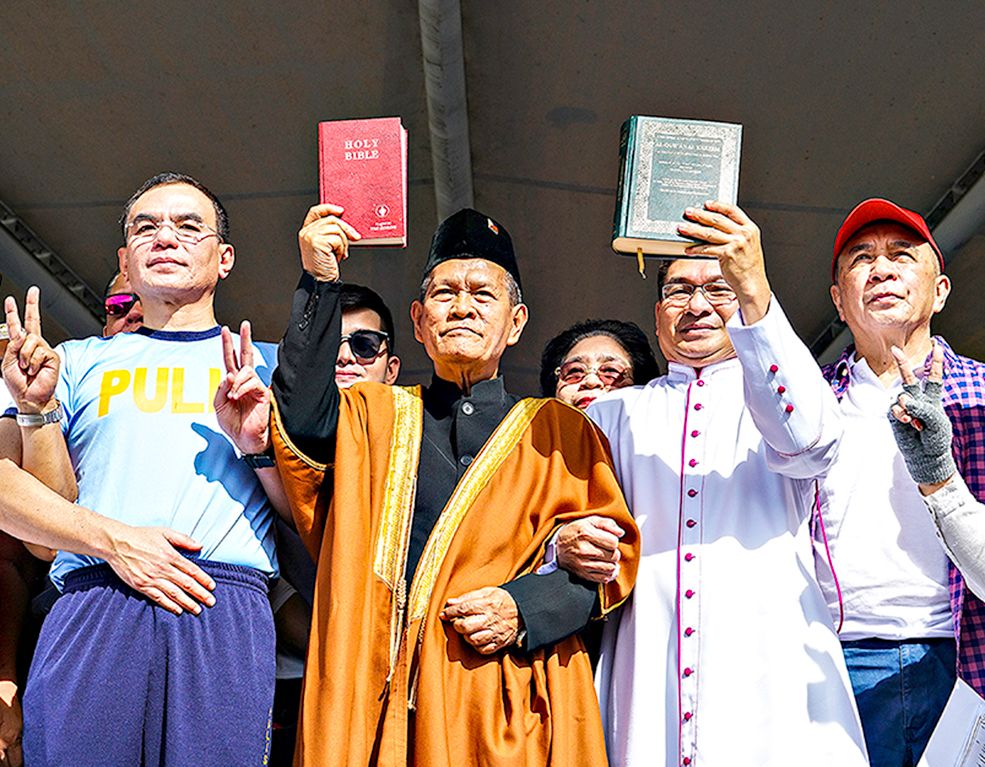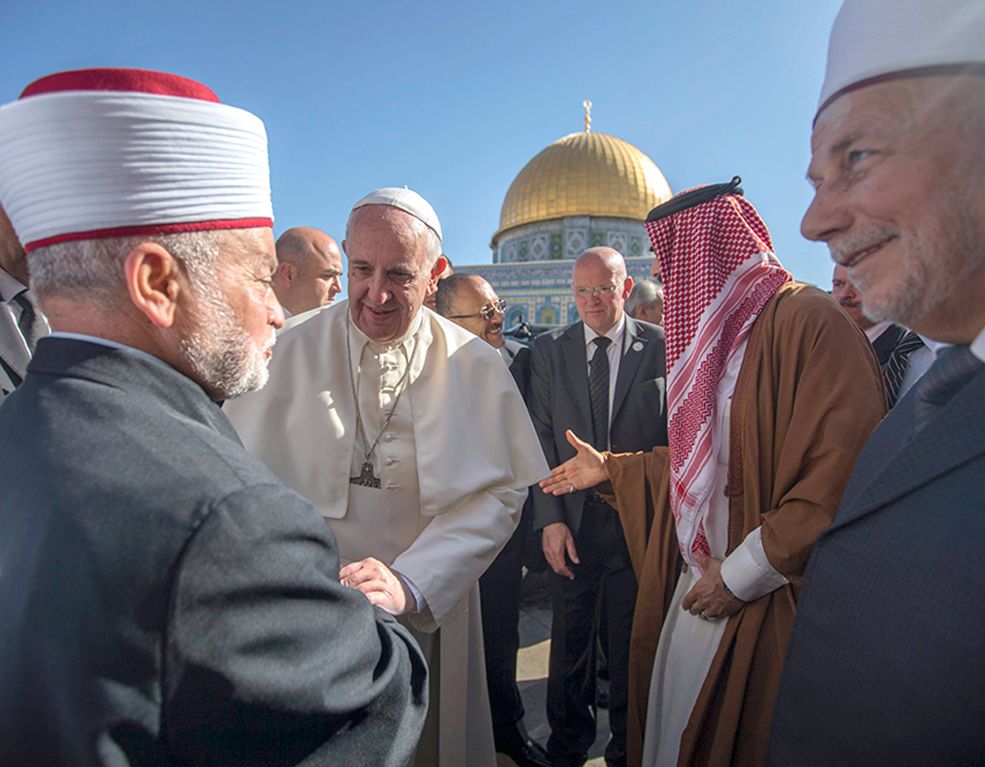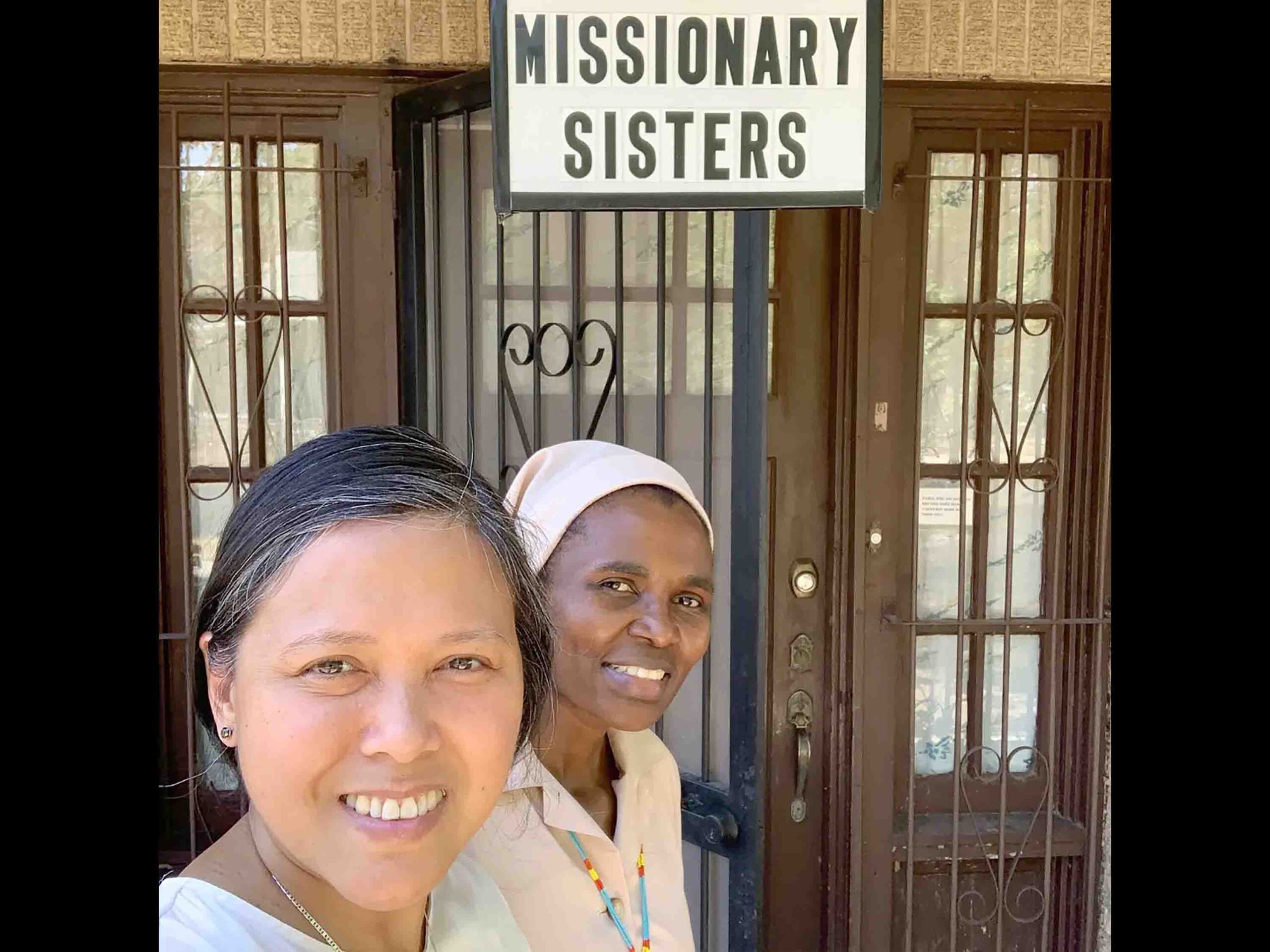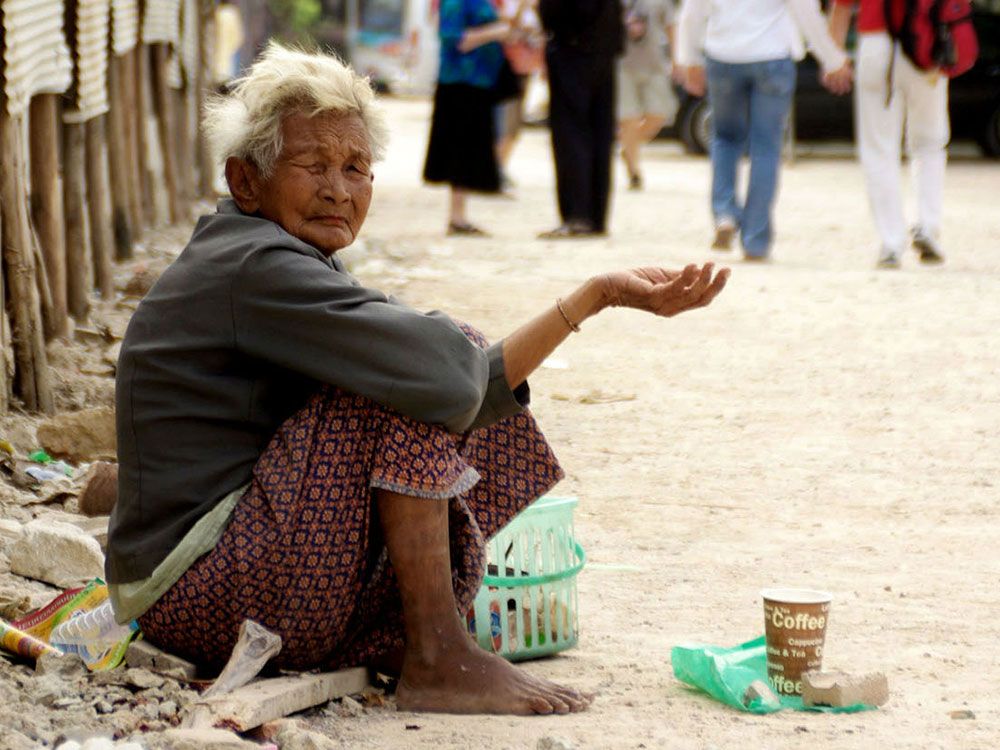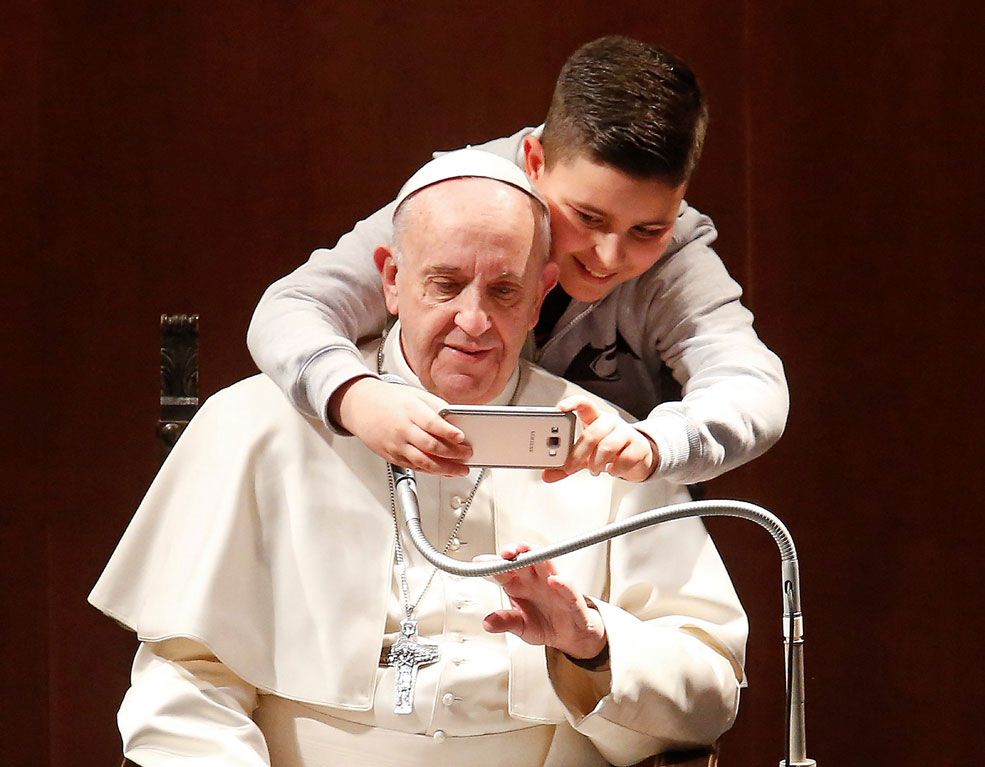In the Bull of Indiction for the ordinary Jubilee of the Year 2025, Spes Non Confundit, Francis makes two appeals to those who influence the fate of humanity. The first is to attempt to eliminate hunger in the world, since “hunger is a scandal, an open wound on the body of our humanity, and it summons all of us to a serious examination of conscience” (n.16), recalling that the goods of the Earth are not for a privileged few, but for all. In particular, he renews a heartfelt call that “with the money spent on weapons […] let us establish a global fund that can finally put an end to hunger and favor development in the most impoverished countries” (ibid.).
The second appeal is addressed to rich nations and concerns international debt. Rich countries should “determine to forgive the debts of countries that will never be able to repay them” (ibid.). The pope notes, “More than a question of generosity, this is a matter of justice. It is made all the more serious today by a new form of injustice which we increasingly recognize, namely, that a true ‘ecological debt’ exists, particularly between the global North and South, connected to the disproportionate use of natural resources by certain countries over long periods of time” (ibid.).
HOPE DIRECTS LIFE
The central part of the Bull leads us to reflect on the goal of our hope. Hope “is founded on faith and nurtured by charity” (n.3). The three theological virtues enunciate the essence of the Christian life, but the first reflects the orientation of the believer’s life toward “eternal life as our happiness” (n.19).
Francis pauses on the big questions that arise in us when confronted with the death of loved ones, where everything seems to end in nothingness. The apostle Paul invites us to look to the Lord, “Christ died for our sins in accordance with the scriptures, and that he was buried, and that he was raised on the third day” (1 Corinthians 15:3-5). Where Christ has died for us, there is the assurance that, through him and the gift of baptism, “life is not taken away, but transformed,” forever.
The most vivid witness to this hope is given by the martyrs, who, through faith in Christ, were able to give up their lives to be faithful to the Lord. They have always been present in the history of the Church and are numerous even in our days. What is more, they belong to different Christian traditions and thus even become “seeds of unity, expressions of the ecumenism of blood” (n.20). It is the pope’s fervent wish that during the Jubilee an ecumenical celebration will commemorate them.
Hence the question, “What, then, will become of us after death? With Jesus, beyond this threshold, we will find eternal life, consisting in full communion with God as we forever contemplate and share in his infinite love” (n.21). “What will characterize this fullness of communion? Being happy. Happiness is our human vocation, a goal to which all aspire” (ibid.).
But what happiness? From experience, we all feel that we are happy when we are loved: “I am loved, therefore I exist; and I will live forever in the love that does not disappoint, the love from which nothing can ever separate me” (ibid.).
THE JUBILEE INDULGENCE
With eternal life is connected God’s judgment, both at the end of personal life and at the end of time. The judgment of a merciful God, “who is love will surely be based on love, and in particular on all that we have done or failed to do with regard to those in need, in whose midst Christ, the Judge himself, is present (n.22). The judgment is about salvation, which Jesus obtained for us through his death and resurrection.
“The evil we have done cannot remain hidden; it needs to be purified in order to enable this definitive encounter with God’s love. Here we begin to see the need of our prayers for all those who have ended their earthly pilgrimage, our solidarity in an intercession that is effective by virtue of the communion of the saints, and the shared bond that makes us one in Christ, the firstborn of all creation. The Jubilee indulgence, thanks to the power of prayer, is intended in a particular way for those who have gone before us, so that they may obtain full mercy” (n. 22). It is, therefore, a responsibility that engages all believers to communicate God’s indulgence and mercy.
The perspective in which Francis places the indulgence echoes the novelty that characterized the previous Jubilee of Mercy: it is based “on the communion of saints.” For such communion “Mother Church is able by her prayer and her life to meet the weakness of some with the holiness of others.” Indulgence then is not a gain (“a profit”), but instead consists in “experiencing the holiness of the Church which participates in all the benefits of Christ’s redemption.”
The concept is taken up with more insistence on the Lord’s infinite mercy: “Indeed, the indulgence is a way of discovering the unlimited nature of God’s mercy. Not by chance, for the ancients, the terms “mercy” and “indulgence” were interchangeable, as expressions of the fullness of God’s forgiveness, which knows no bounds”(n.23).
The originality of this Jubilee, which does not consider the question of indulgences, but divine forgiveness, cannot be missed. Francis does not place at the foot of the Bull the Dispositions for the acquisition of the Jubilee indulgence. This is a significant change in perspective.
THE SACRAMENT OF PENANCE
This is followed by an exhortation to rediscover the beauty of the sacrament of Penance, which assures us of forgiveness: “God wipes away our sins” (n.23). Reconciliation in the sacrament is essential for our journey of faith, conversion, and communion with the Lord: “There is no better way to know God than to let him reconcile us to himself” (ibid.).
However, it is also specified that every sin “leaves its mark.” It carries with it consequences and, even if venial, “entails an unhealthy attachment to creatures, which must be purified either here on earth, or after death, in the state called Purgatory” (n.23).
It should be noted that this passage is a quotation from the Catechism of the Catholic Church, where, however, purification from “so-called ‘temporal punishment’” is mentioned, which is omitted here. There is a qualitative leap concerning the definition of “indulgence,” now qualified as God’s mercy. Regarding “the residues of sin,” it is stated that “these are removed by the indulgence, always by the grace of Christ, who, as Saint Paul VI wrote, “is himself our ‘indulgence’” (ibid.).
On forgiveness, the Bull offers a singular key: “Forgiveness does not change the past; it cannot change what happened in the past, yet it can allow us to change the future and to live different lives, free of anger, animosity and vindictiveness. Forgiveness makes possible a brighter future, which enables us to look at the past with different eyes, now more serene, albeit still bearing the trace of past tears” (ibid.).
Finally, the pope reconfirms the Missionaries of Mercy, already established in the previous Jubilee, so that they may bring divine forgiveness to where hope is put to the test: to prisons, hospitals, and places where the dignity of the person is violated.
‘ANCHORED IN HOPE’
The image of the anchor is suggestive and is echoed in the Jubilee logo. Four stylized figures indicate humanity from the four corners of the earth. They embrace one another to indicate the solidarity and fraternity that should unite people. The first figure is clinging to the cross of Christ, a sign of hope and an anchor of salvation. Below the figures are waves, which are moved to indicate the pilgrimage of life that does not always take place in calm waters. This is why the lower part of the cross turns into an anchor, a sign of stability. It indicates the hope that opposes the wave motion and the salvation that comes from the Lord. Finally, around the logo is the date of the Jubilee and the motto, Peregrinantes in spem “Pilgrims of hope.”
The Bull concludes with a prayer to Our Lady: “Hope finds its supreme witness in the Mother of God. In the Blessed Virgin, we see that hope is not naive optimism but a gift of grace amid the realities of life” (n.24).
It recalls Simeon’s prophecy that a sword would pierce her soul and her presence at the foot of the cross: “In the travail of that sorrow, offered in love, Mary became our Mother, the Mother of Hope” (ibid.). Francis recalls the Virgin’s first apparition, in 1531 in Mexico City, to young Juan Diego, one of the first Aztec converts to Christianity, with a message of hope, which he repeats to all pilgrims today, “Am I not here, who am your Mother?” (n.24). Published in La Civilta Cattolica



